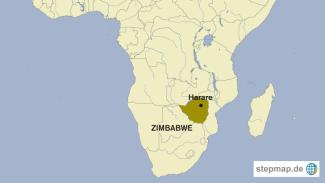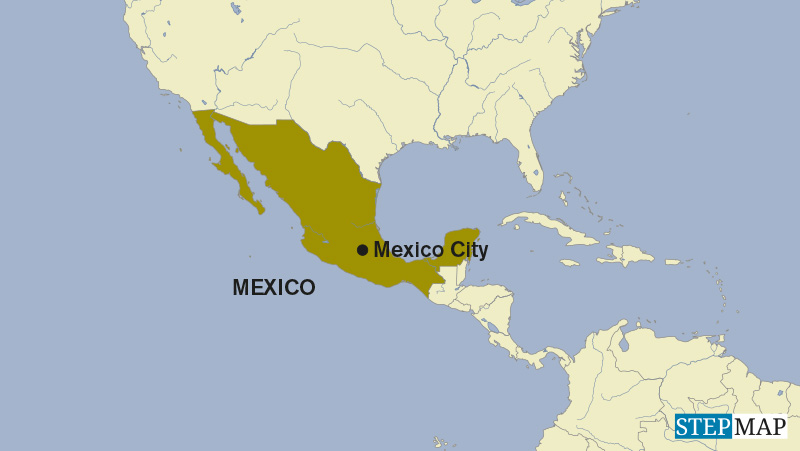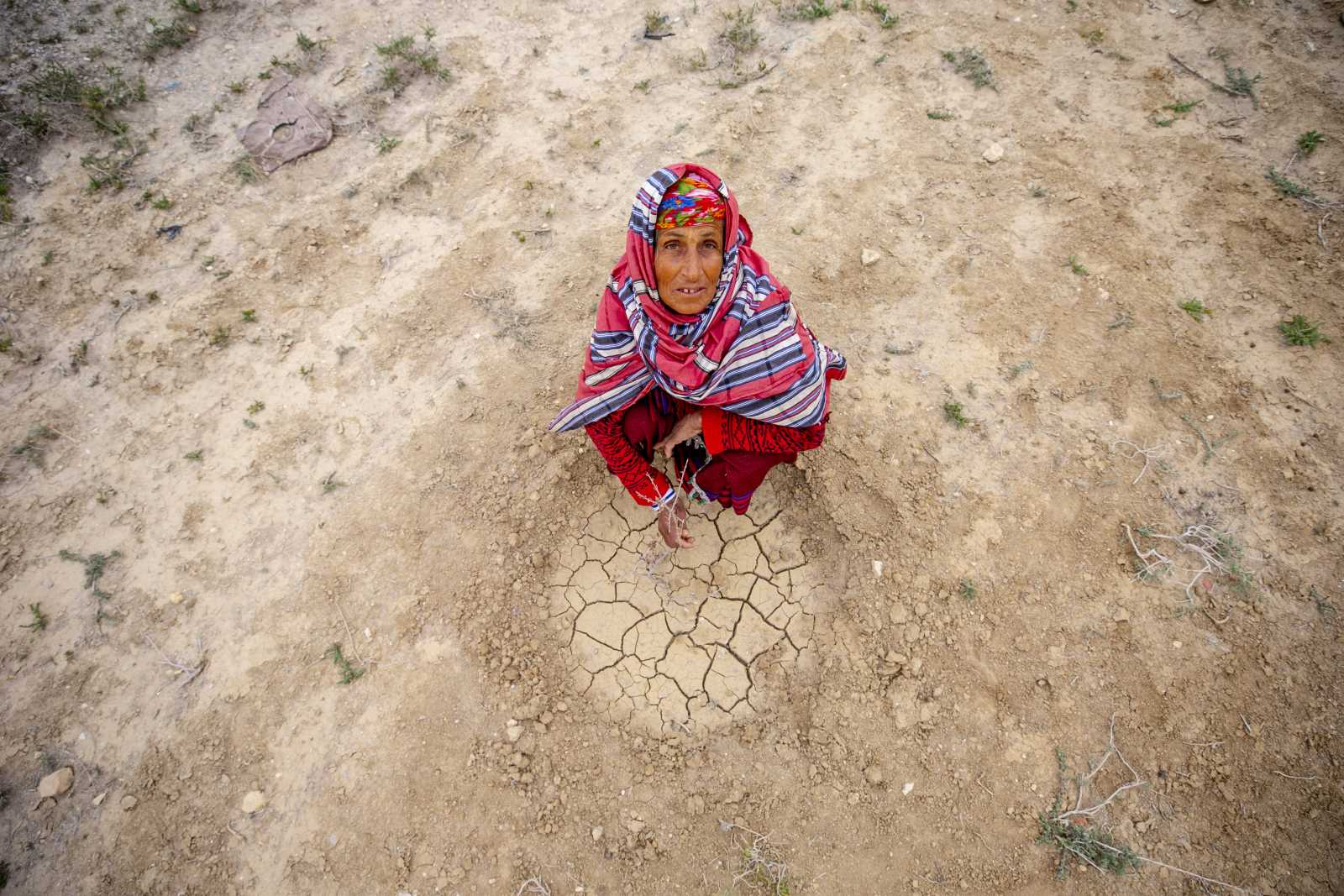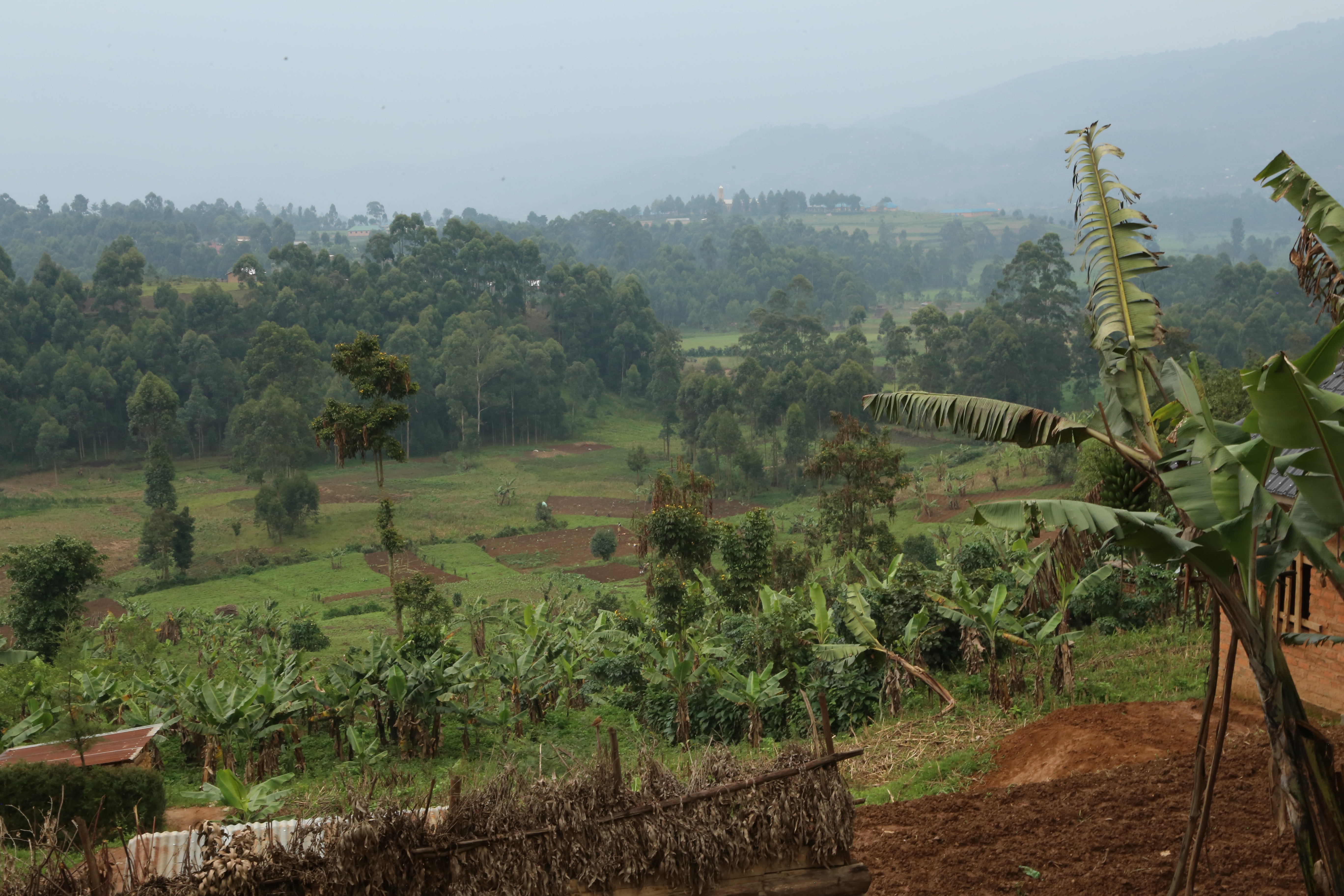Drought
Zimbabwe’s disappearing cows

Many other farmers across the country share his plight. During 2019 and 2020, the nation lost an estimated total of 30,000 cows, says Pilate Moyo of the Ministry of Agriculture’s Department of Veterinary Services. The main cause of the dwindling herd is recurrent drought, which diminishes water supplies and reduces grazing pastures nationwide.
Matabeleland South Province in the southwest has been the hardest hit, with more than 4,500 cows dying of thirst in 2019 alone. In Masvingo Province the death toll exceeded 4,000 in 2019. Midlands Province recorded over 2,040 cattle deaths in the same year, according to government data.
The loss of cattle is hitting farmers hard. “The people losing their cattle are poor villagers who have no money to replace them,” says Luckson Imbayago, a retired agricultural extension officer in Midlands Province. “Farmers need these animals to pull ploughs and as a food source. All this is disappearing.”
Making matters worse is an outbreak of diseases that have ravaged a herd weakened by hunger and thirst. On top of it all, cattle thieves have descended on rural areas, stealing what remains of diminished herds. “Thieves have played a significant role in reducing our cattle counts,” Mapuranga says.
The current drought is not the first one to decimate Zimbabwe’s cattle herds. Repeated droughts in Matabeleland – which used to be Zimbabwe’s prime cattle producing area – have killed about 60 % of the province’s herd since 1992, according to the Livestock Farmers’ Union (LFU), a trade association.
The trend is likely to get worse, the LFU says. "If no mitigation measures are taken, we will lose 50 % of the country’s herd,” says LFU Chairman Sifiso Sibanda. ”The government should declare the situation a national disaster."
A major contributor to the persistent drought is climate change, says Happison Chikova, executive director of the Help Initiatives for People Organisation, a youth empowerment charity. “For centuries, cattle have been a symbol of wealth in Zimbabwe,” Chikova says. “But climate change impacts like droughts have taken a toll, killing the animals and depriving local farmers of their wealth.”
In the face of the disappearance of Zimbabwe’s cattle wealth, the government launched the “Command Livestock Initiative”, which gives young female cows to farmers’ cooperatives in hopes that these heifers will give birth to calves. If and when they do so, the calves are given to individual farmers who have lost their cows to drought and disease. This programme aims to make up for some of the losses that farmers have suffered, says Lexon Murwira of the Agriculture Ministry’s Technical and Extension Services office in Masvingo Province.
[Editor’s note: Pilate Moyo, quoted in this article, is not related to the author.]
Jeffrey Moyo is a journalist living in Harare.
moyojeffrey@gmail.com














